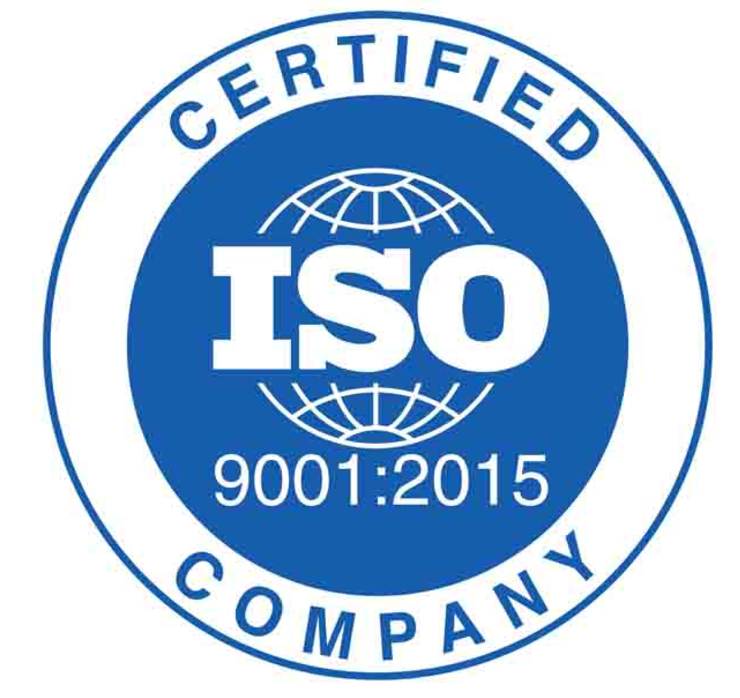BIONERGY, a.s.
je moderná, progresívna a perspektívna firma, environmentálne a spoločensky zodpovedná, s ambíciou stať sa lídrom na trhu v oblasti zhodnotenia biologicky rozložiteľných odpadov na území Bratislavského kraja.
Okrem zabezpečenia spracovania a zhodnotenia zmesného nestabilizovaného kalu (ako hlavnej úlohy), Spoločnosť identifikuje rozvojové príležitosti v nových spôsoboch využitia existujúcich technológií a ďalšie príležitosti v oblasti:
- výroby elektriny a tepla z obnoviteľných zdrojov energie,
- spracovania biologicky rozložiteľného odpadu,
- materiálového, resp. energetického zhodnotenia kalovej sušiny,
- prípadne v obnovení obchodovania s energiami (elektrina, plyn).






